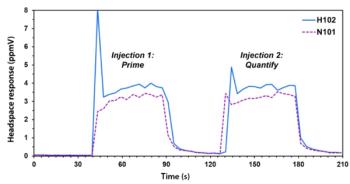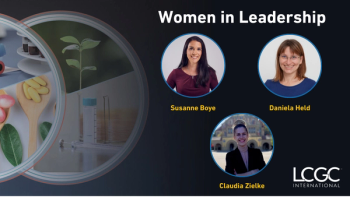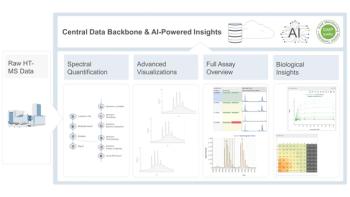Key Points
• Oligonucleotide analysis presents unique challenges due to high molecular complexity and the presence of structurally similar, high-mass compounds.
These characteristics make it difficult to achieve precise separation and characterization using conventional analytical methods.
• Advanced chromatographic techniques—including careful ion-pair selection and improved peak resolution—are essential for accurately resolving near-isobaric impurities (±1 Da). Fine-tuning these parameters is critical to distinguish between compounds that differ by only a single Dalton in mass.
• Strategic prioritization is critical when deciding which diastereomeric species to characterize, given the vast number of potential variants in oligonucleotide structures. Analytical scientists must balance scientific importance and therapeutic relevance when selecting which isomers to study in detail.
Professor Torny Fornstedt is internationally recognized for his pioneering contributions to the field of separation science, particularly in advancing our understanding of liquid chromatography theory and its practical applications in complex molecular analysis.
With the growing demand for precision in therapeutic development—especially in the realm of oligonucleotide-based drugs—analytical scientists face mounting challenges in resolving and characterizing structurally similar and high-mass molecules. Professor Fornstedt shares his insights on how modern chromatographic techniques are evolving to address these obstacles.
In part one of the interview Torgny answered the following questions:
• What is challenging about analysing oligonucleotides from a separation science perspective?
• How are these analytical challenges being overcome?
• How do you resolve and quantify near-isobaric impurities (±1 Da) in high-mass oligonucleotides, and how critical is ion-pair selection in achieving this?
• With hundreds of thousands of diastereomers possible, how do you decide which need to be characterized?






